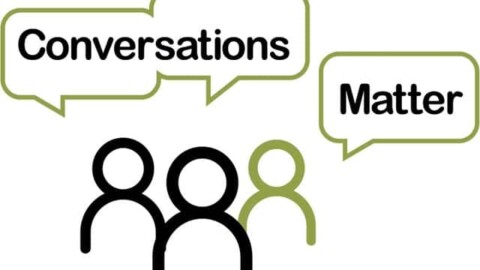Today we’re continuing in the world of script analysis by discussing how you can identify and utilize beats within a voice-over script to enhance your overall performance.
First though, what’s a beat?
A beat can be defined in three ways:
- Where an actor pauses. Within a script, you’ll have to pause at some point, if only to take a breath. But these pauses should be much more than just breathing opportunities. Use them to find more depth in the character, script, and overall delivery.
- Smaller sections within a larger script. A beat can also be described as a small unit within a larger script. For example, in the whole script, ten things may take place over the course of several pages. Each of those ten things is a separate beat, a smaller scene unto itself.
- Change in emotion, purpose, motivation, or tactic. Characters (even when voicing a commercial spot) change their point of view throughout a script. Every time a new emotion arises, the characters’ purpose evolves, their motivation shifts, or they try a new tactic to get what they want–it’s a new beat.
Now for the tough part, identifying the beats for yourself. The good news is, that this isn’t an exact science. Every script will have multiple legitimate interpretations so you’re free to go with your gut. 
After some practice, you’ll be able to identify beats without much prep work, but for starters, it’s a good idea to print out a script and grab a pencil. Many actors will use a backslash “/” between the sentences or words where a new beat starts.
Some beats are easy to identify. Transition words like “then”, “however”, “but”, and “etc.” are good indicators that a shift is occurring in the script. Other signs of a new beat include written pauses, the entrance of a new character, or the introduction of new information.
Now that you have your script, do a quick read-through marking it up with a “/” each time you identify a shift. While this is a good exercise with any type of script, it’s more realistic to complete with shorter projects. Identifying beats throughout a whole audiobook isn’t necessary and would be incredibly time-consuming.
However, practicing with shorter scripts will help you gain the skills necessary to identify beats within a larger script. It’s definitely worth practicing since the skill will translate across all your voice-over work.
Another important place to spend time analyzing beats is your demo. Whether that’s your commercial, character, or narration demo, taking the time to analyze the script and identify beats will help you showcase your best performance and highlight your vocal range for potential clients.
Once you’ve spotted the beats, how do you use them?
Here are four ways you can utilize beats within your vocal performance.
- Vocal variety: Use the beat to change your vocal tone and showcase vocal variety.
- Pauses to breathe: Since you’ve got to breathe, it makes sense to use the beats to help you place breaths as unobtrusively as possible.
- Emotional shifts: Use the beat to find an emotional shift in your character or vocal delivery. This can be a change in pacing, vocal placement, or energy.
- Character feeling or motivation: Finally, if you’re playing a character, a beat change is a good opportunity to examine your character’s’ feelings or motivation. Identifying shifts here will help you portray characters more believably and honestly.
While it may not be realistic to “beat out” every script you receive, it’s a helpful tactic when you’re stuck on a difficult script or struggling to find a believable read. Another tool in your toolbelt is always good to have around.
Caroline Turner Cole is a writer and voice-over artist living in Dallas, TX. Find her online on Instagram or Twitter. Come say hey!









